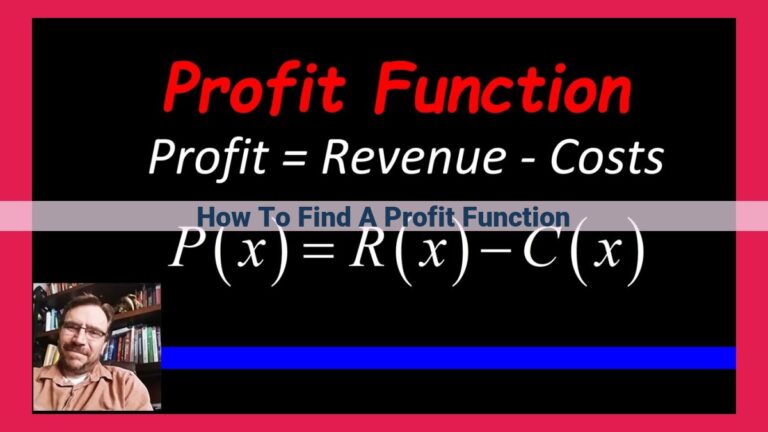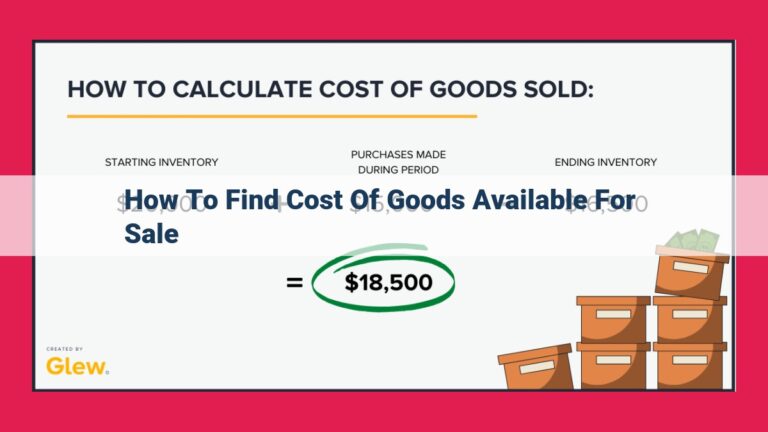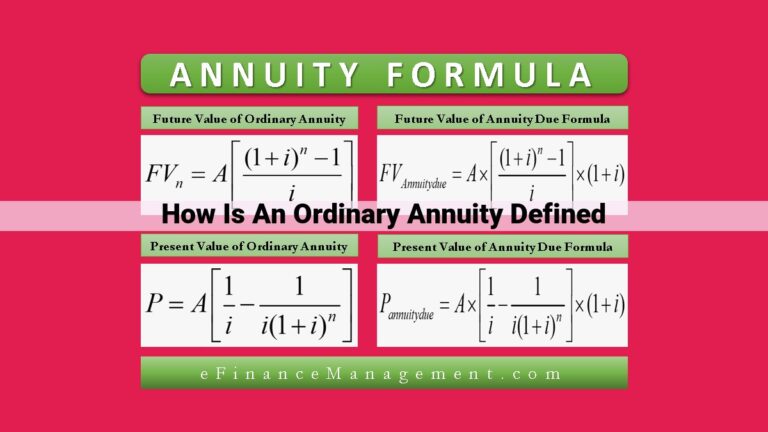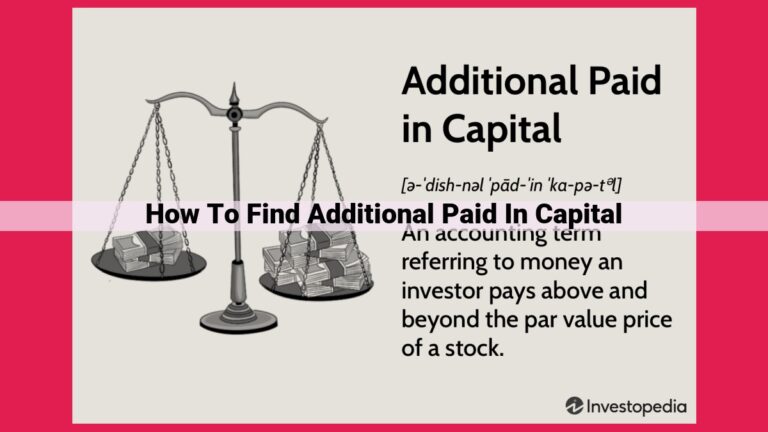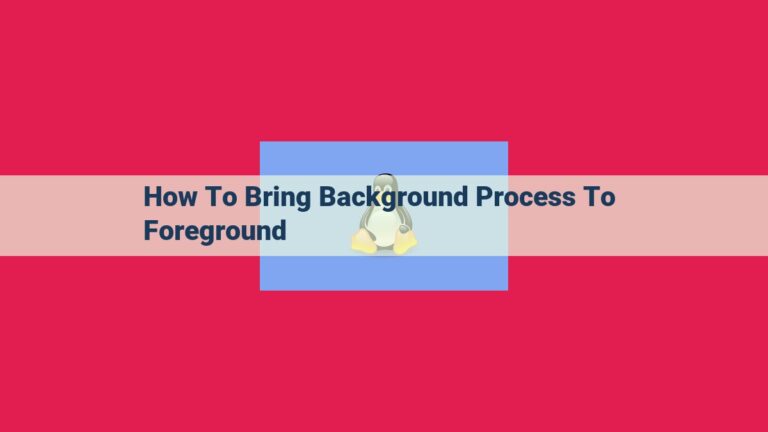Understanding Cross-Price Elasticity Of Demand: A Guide To Substitutes And Complements

To determine the cross-price elasticity of demand, calculate the percentage change in the quantity demanded of one product divided by the percentage change in the price of another. A positive elasticity indicates substitute goods, while a negative elasticity suggests complementary goods. For example, a 10% price increase for coffee leading to a 5% increase in tea demand results in a cross-price elasticity of 0.5, indicating substitute goods.
Cross-Price Elasticity of Demand: Unlocking Market Dynamics
In the vibrant world of economics, understanding the relationship between the prices of different products can reveal fascinating insights. Cross-price elasticity of demand is a crucial concept that allows us to delve into the dynamics of consumer behavior and market competition. Let’s embark on an exploration of this enigmatic concept.
Decoding Cross-Price Elasticity of Demand
Cross-price elasticity of demand measures the responsiveness of the demand for one product to a change in the price of another product. It unveils whether the two products are substitutes or complements.
Substitutes are goods that fulfill similar needs. When the price of one substitute rises, consumers tend to purchase more of the other substitute, leading to an inverse relationship in their demand.
Complements, on the other hand, are goods that are used together. If the price of one complement increases, consumers may reduce their demand for the other complement, resulting in a positive relationship in their demand.
Classifying Substitutes and Complements
Examples of Substitute Goods
- Coke and Pepsi
- Coffee and tea
- Smartphones from different brands
Examples of Complementary Goods
- Cars and gasoline
- Printers and ink cartridges
- Coffee makers and coffee beans
Understanding Substitute and Complementary Goods: The Cross-Price Elasticity of Demand
In the intricate dance of economics, understanding consumer behavior is paramount. One key concept that helps economists and businesses alike navigate market dynamics is the cross-price elasticity of demand. It measures the sensitivity of demand for one good in response to changes in the price of another. And at the heart of this concept lie the fascinating relationships between substitute and complementary goods.
Substitute Goods: Like-Minded Competitors
Substitute goods, as the name suggests, are like-minded rivals. When the price of one substitute increases, consumers tend to flock to the other. Think of bread and tortillas; a rise in tortilla prices can send demand for bread soaring. Other examples include Coke and Pepsi, Android and iOS, and petrol and diesel.
Complementary Goods: Inseparable Partners
Complementary goods, on the other hand, are inseparable partners. They go hand in hand, and a price increase in one casts a shadow on demand for the other. Imagine coffee and cream; a jump in coffee prices can dampen demand for cream as consumers cut back on their caffeine fix. Cars and gasoline, printers and cartridges, and computers and software are all classic examples of complementary goods.
Unveiling the Inverse and Positive Relationships
The relationship between substitute goods is inverse. As one becomes more expensive, the other enjoys increased demand. In contrast, complementary goods share a positive relationship; a price hike in one dampens demand for the other. Understanding these relationships is crucial for businesses setting prices and economists analyzing market competition and consumer choices.
Understanding Inverse and Positive Relationships
- Explain the inverse relationship between substitute goods.
- Explain the positive relationship between complementary goods.
- Provide visual representations or real-world examples to illustrate.
Understanding the Inverse and Positive Relationships in Cross-Price Elasticity of Demand
When delving into the realm of cross-price elasticity of demand, it’s crucial to grasp the contrasting relationships that emerge between substitute and complementary goods.
Substitute Goods:
Imagine two rivals: coffee and tea. If the price of coffee soars, consumers may turn to tea as an affordable alternative. This inverse relationship exemplifies substitute goods, where an increase in the price of one leads to a surge in demand for its substitute.
Complementary Goods:
Picture a delectable meal: steak and wine. When the price of steak escalates, diners may also reduce their wine consumption. This is because complementary goods are intertwined; a price hike in one often triggers a decline in demand for the other.
Visualizing the Relationships:
To illustrate these concepts further, consider a demand curve for coffee and tea. As the price of coffee rises, the demand for tea climbs, indicating an inverse relationship. Contrastingly, a demand curve for steak and wine would exhibit a positive relationship, with a price hike in steak leading to a fall in wine demand.
Understanding these inverse and positive relationships is essential for businesses and economists alike. Businesses can leverage this knowledge to optimize pricing strategies, anticipate market shifts, and identify potential threats and opportunities. Economists, on the other hand, can employ this concept to analyze industry dynamics, consumer behavior, and the impact of price fluctuations on market equilibria.
Formula for Calculating Cross-Price Elasticity of Demand
Cross-price elasticity of demand measures how much the quantity demanded for one good (good A) changes when the price of another good (good B) changes. It helps us understand whether goods are substitutes or complements.
To calculate cross-price elasticity of demand, we use the following formula:
Cross-Price Elasticity of Demand (XPED) = (Percentage Change in Quantity Demanded for Good A) / (Percentage Change in Price of Good B)
Percentage Change in Quantity Demanded for Good A:
To calculate this, we determine the change in quantity demanded for good A after a price change for good B as a percentage of the original quantity demanded.
Percentage Change in Price of Good B:
Similarly, this is the change in the price of good B as a percentage of its original price.
Interpretation of XPED:
The value of the cross-price elasticity of demand can be positive or negative:
- Positive XPED: Indicates that goods are substitutes. When the price of good B increases, the demand for good A increases, and vice versa.
- Negative XPED: Indicates that goods are complements. When the price of good B increases, the demand for good A decreases, and vice versa.
Example:
Let’s say the price of butter increases by 10%. As a result, the quantity demanded for margarine increases by 5%.
XPED calculation:
(5% / 10%) = **0.5**
The positive cross-price elasticity of demand (0.5) suggests that butter and margarine are substitutes.
Example of Calculating Cross-Price Elasticity of Demand
- Use a hypothetical scenario to demonstrate how to apply the formula.
- Calculate the elasticity coefficient and interpret the result.
- Explain the implications of the calculated elasticity value.
Example of Calculating Cross-Price Elasticity of Demand
To solidify our understanding of cross-price elasticity of demand, let’s embark on a practical example. Imagine a world where we have a thirst-quenching beverage market dominated by two giants, Sparkling Splash and Fizzy Delight.
Suppose that a 5% price hike in Sparkling Splash sparks a 10% increase in demand for Fizzy Delight. Utilizing our trusty formula:
Cross-Price Elasticity of Demand = (% Change in Quantity Demanded of Fizzy Delight) / (% Change in Price of Sparkling Splash)
We can calculate the elasticity coefficient as:
= 10% / 5% = 2
Interpreting the Result:
This elasticity coefficient of 2 indicates that Fizzy Delight is a close substitute for Sparkling Splash. A price increase in one drink makes consumers switch to the other in a notable proportion.
Implications of the Calculated Value:
This elasticity value holds significant implications for businesses and economists. For Sparkling Splash, it suggests that they should closely monitor the pricing strategies of Fizzy Delight to retain market share. By adjusting prices or offering promotions, they can mitigate the impact of cross-price elasticity.
Economists, on the other hand, can use this information to analyze industry competition and understand how consumers react to price changes in different products. By studying cross-price elasticity, they can better predict market dynamics and formulate effective policies.
The Significance of Cross-Price Elasticity of Demand in Business and Economics
In the intricate tapestry of market dynamics, the concept of *cross-price elasticity of demand* plays a crucial role, empowering businesses and economists alike to navigate the complexities of consumer behavior and industry competition.
Business Applications of Cross-Price Elasticity of Demand
For businesses, understanding cross-price elasticity provides invaluable insights into market dynamics. By determining the responsiveness of demand for one product to changes in the price of another, businesses can make informed decisions about pricing strategies and product positioning.
For instance, if a company discovers that its product has a positive cross-price elasticity with a competitor’s product, indicating that they are substitute goods, it may adjust its pricing to stay competitive and maintain market share. Conversely, if the cross-price elasticity is negative, suggesting that the products are complements, businesses may consider joint promotions or bundling strategies to capitalize on the interdependence of demand.
Economic Analysis and Cross-Price Elasticity of Demand
Economists also leverage cross-price elasticity of demand to analyze industry competition and consumer behavior. By understanding the interconnectedness of products in the market, economists can identify potential market power, barriers to entry, and the overall structure of an industry.
For example, a high cross-price elasticity between two products may indicate low barriers to entry, as consumers can easily switch between them based on price changes. This information is crucial for antitrust regulators in assessing market dominance and ensuring fair competition.
Furthermore, economists use cross-price elasticity to study consumer preferences and predict changes in demand patterns. By examining how demand for one product is affected by price variations of related products, economists gain insights into consumer substitution and complementarity, which helps inform forecasting models and policy decisions.
In conclusion, cross-price elasticity of demand serves as a powerful tool for businesses and economists to decipher market dynamics, optimize pricing strategies, analyze competition, and understand consumer behavior. By grasping the intricacies of cross-price elasticity, organizations and policymakers can make informed decisions that drive success and foster economic stability.
